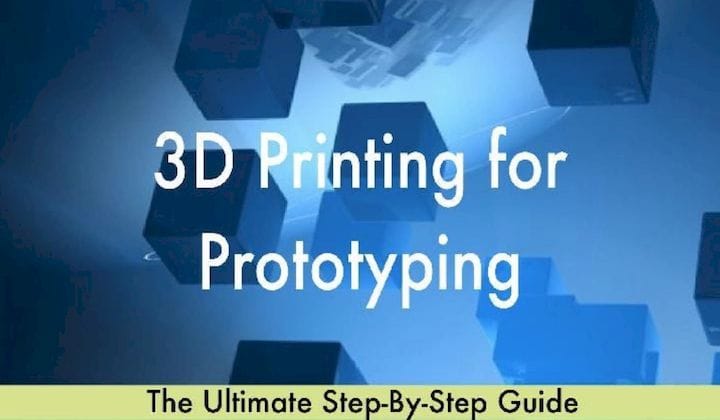![3D Printing for Prototyping [Source: Amazon]](https://fabbaloo.com/wp-content/uploads/2020/05/image-asset_img_5eb0a3e14c919.jpg)
This week’s selection is “3D Printing for Prototyping” by The Art of Service.
The Art of Service is an organization dedicated to improving the processes of any company by providing comprehensive self-assessments that can illustrate the gap between current and best practices.
That is the goal of this week’s selection, which is essentially a self-assessment guide for processes surrounding your prototyping practices with 3D printing.
Wait, I need a process for prototyping?
Yes. Probably.
Certainly prototyping is easily accomplished: you simply start designing and iterating, is that not so? Yes, that can indeed be prototyping, but without any particular process being followed, it is highly likely your process will be inefficient and perhaps even lead to less than optimum results.
While occasional prototyping may not benefit significantly from the establishment of a formal prototyping process, those that repeated execute prototypes may wish to look at this book and its ideas around prototyping.
The book covers several criteria of a prototyping process, and specifically how they relate to a 3D printing environment:
-
Recognize
-
Define
-
Measure
-
Analyze
-
Improve
-
Control
To those familiar with operational processes, these will be recognizable as suitable, particularly the control criterion.
The idea here is to establish a repeatable process that covers the act of prototyping from beginning to completion in the most efficient manner. Prototyping is, at its core, a rather loose creative activity where many possibilities may be presented, executed and evaluated.
If one is not properly organized for prototyping it could result in extra iterations that were ultimately not necessary. It could also mean focusing on some aspects of the design, while others might be ignored. This could lead to surprises later when the “finished” prototype is being tested.
Complex prototyping may involve not just iterations, but whole separate branches of product exploration and in a situation like this ideas, materials and results can very quickly get out of control. Proper documentation of experiments and results is a necessity.
3D Printing for Prototyping includes dozens of ready-to-use concepts for executing even the most complex prototyping one could imagine, with advice on managing stakeholders, quality audits, risk assessment, cost estimating and far more.
The book includes an actual assessment in which you will answer a series of questions. The author’s online website will provide the results to your response and provide information on developing more sophisticated prototyping practices.
The processes described in this book are comprehensive and would cover almost any situation. That said, you would not need to incorporate all of them to succeed in your business; instead you can choose the elements that make the most sense for your operation and receive significant benefit.
While definitely not for one-person operations, these practices are targeted mostly at larger organizations where multiple people are involved in significant prototyping operations.
Via Amazon











This week’s selection is “3D Printing Projects” by Dorling Kindersley, a.k.a. “DK”.